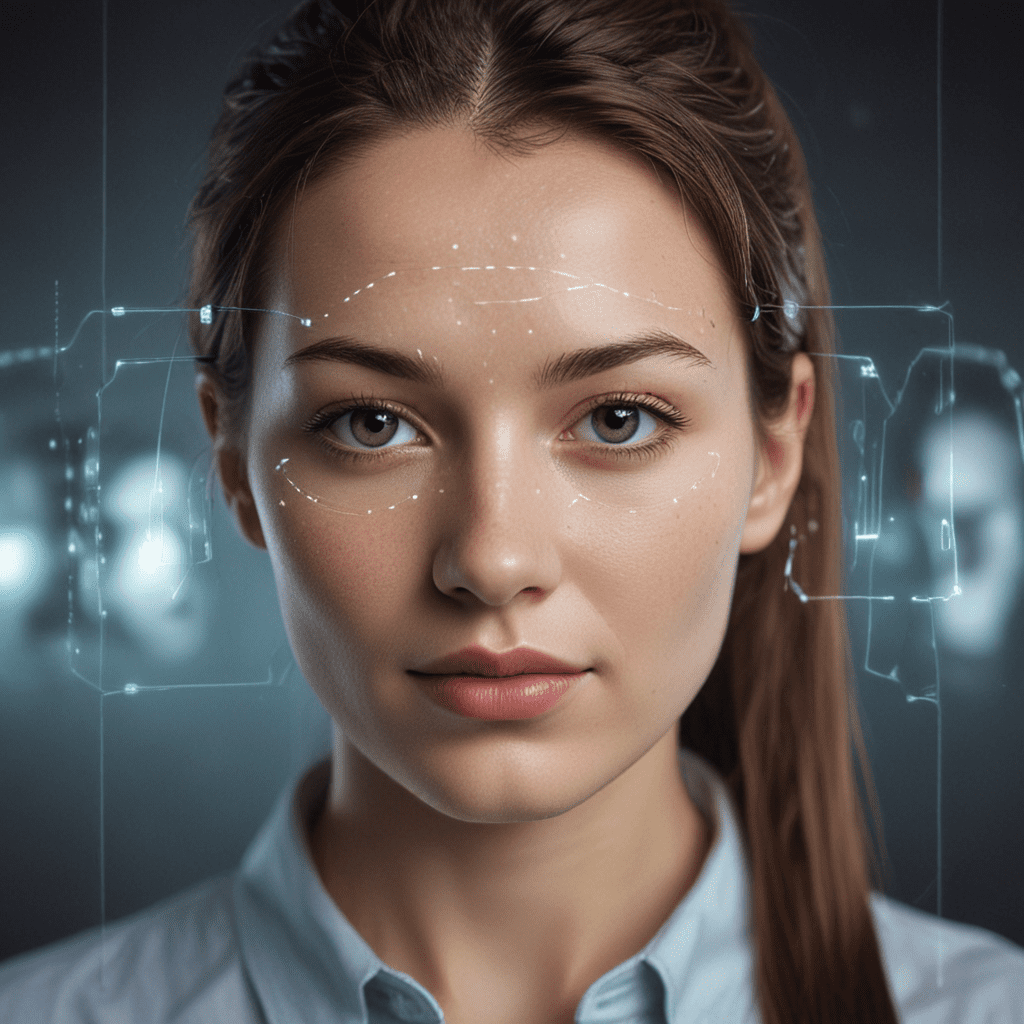
The Integration of Facial Recognition in Residential Security Systems
I. Introduction
The landscape of residential security is evolving rapidly, with advancements in technology playing a pivotal role. Facial recognition is emerging as a transformative tool, offering enhanced security and convenience for homeowners. By leveraging the power of AI and computer vision, facial recognition systems can effectively identify and authenticate individuals, adding an extra layer of protection to residential properties.
II. Benefits of Facial Recognition in Residential Security
Facial recognition offers numerous advantages in residential security, including:
Enhanced Security: Facial recognition systems provide a reliable and accurate method of identifying individuals, even in low-light or obscured conditions. This helps prevent unauthorized access, reducing the risk of burglaries, vandalism, and other security breaches.
Convenience and Ease of Use: Unlike traditional security systems that rely on passwords or key fobs, facial recognition systems offer a seamless and hands-free experience. Homeowners can enter and exit their properties without the need for additional devices or credentials.
Real-Time Monitoring and Analysis: Facial recognition systems can continuously monitor and analyze facial data, providing real-time alerts in case of suspicious activity or unauthorized access. This enables homeowners to respond promptly to potential security threats.
- Integration with Smart Home Systems: Facial recognition systems can be integrated with smart home systems, allowing for automated responses and enhanced security measures. For instance, the system can unlock doors, adjust lighting, and activate security cameras based on facial recognition.
VI. Industry Trends and Future Outlook
The use of facial recognition in residential security is projected to experience significant growth in the coming years. Advances in AI and computer vision are expected to enhance the accuracy and efficiency of facial recognition systems, making them even more attractive to homeowners. Additionally, the increasing availability of smart home devices is creating opportunities for seamless integration with facial recognition systems.
VII. Best Practices for Facial Recognition Integration
To ensure the effective integration of facial recognition in residential security systems, it is crucial to follow certain best practices:
Choose high-quality cameras: The quality of facial recognition depends heavily on the accuracy of facial images. Invest in high-resolution cameras with wide-angle lenses to capture clear and detailed facial images.
Proper lighting conditions: Lighting plays a vital role in ensuring the accuracy of facial recognition. Install adequate lighting fixtures around entrances and high-traffic areas to ensure proper illumination.
Regular system maintenance: To maintain optimal performance, it is essential to regularly update the facial recognition software and perform system maintenance tasks, such as lens cleaning and camera calibration.
- User training and acceptance: Homeowners should be thoroughly trained on how to use the facial recognition system and should be made aware of privacy concerns and ethical implications.
VIII. Case Studies and Examples
Numerous successful implementations of facial recognition in residential security systems have been reported. For instance, a gated community in Florida installed a facial recognition system at its entrance, significantly reducing unauthorized access and enhancing the overall security of the neighborhood.
IX. Integration with Other Security Systems
Facial recognition systems can be combined with other security measures to create a comprehensive security solution. Integration with motion sensors, alarms, and video surveillance systems allows for a multi-layered approach to security, providing homeowners with peace of mind and protection from a wide range of threats.
X. Conclusion
The integration of facial recognition in residential security systems offers a range of benefits, including enhanced security, convenience, and seamless integration with smart home systems. However, careful consideration of privacy and ethical concerns, along with proper implementation and best practices, is essential to ensure the responsible use of this technology. As advancements in AI and computer vision continue, facial recognition is poised to play an increasingly significant role in safeguarding homes and providing homeowners with peace of mind.
FAQs
Q: Is facial recognition in residential security systems accurate?
A: Yes, facial recognition systems have a high degree of accuracy, especially when using high-quality cameras and proper lighting conditions.
Q: Are facial recognition systems expensive to install?
A: The cost of facial recognition systems varies depending on the features and complexity of the system. However, the increasing availability of affordable options makes them accessible to a wider range of homeowners.
Q: What are the privacy concerns surrounding facial recognition in residential security?
A: Privacy concerns include the potential misuse of facial data and the risk of false identification. It is important to ensure that facial recognition systems are used responsibly and in accordance with ethical guidelines.
Q: Can facial recognition systems be hacked?
A: Like any technology, facial recognition systems can be vulnerable to hacking if not properly secured. Implementing strong security measures, such as encryption and regular system updates, is crucial to safeguard facial data from unauthorized access.


